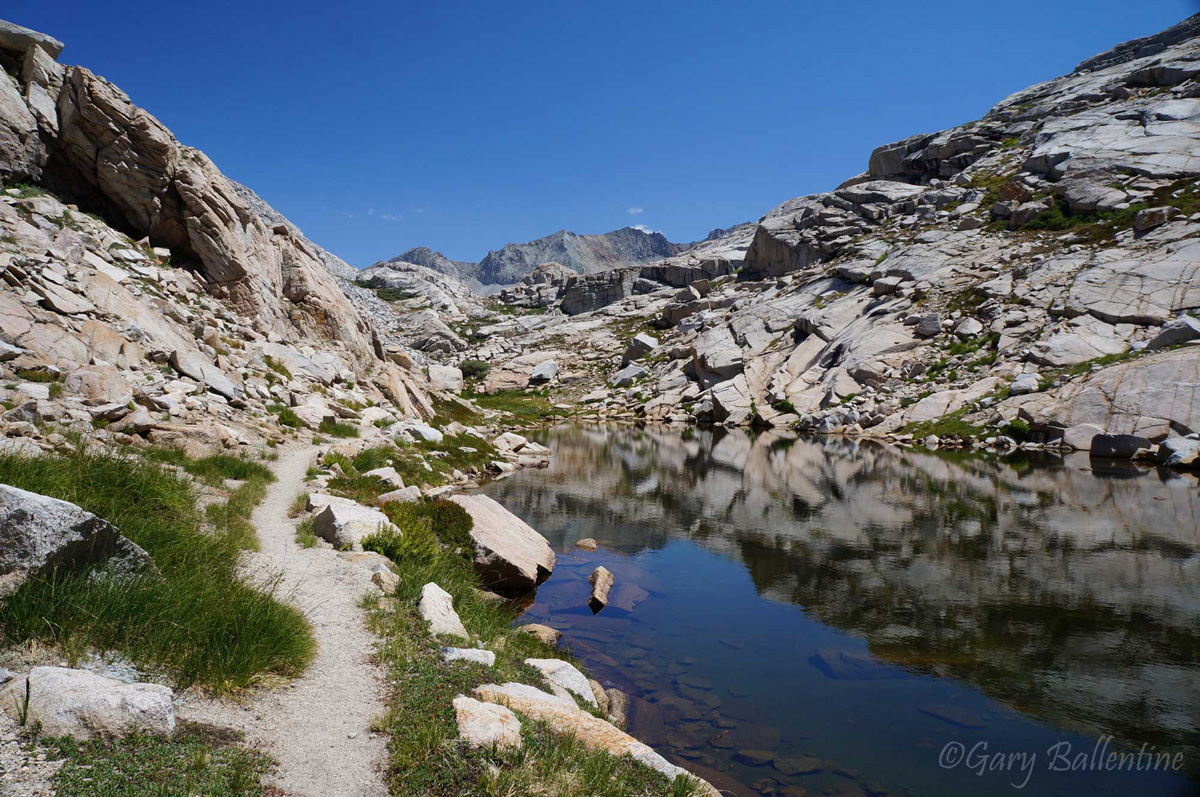How to Deal with Blisters On the Trail

What You Don’t Know Will Hurt You
What Causes Blisters
Friction, heat, and moisture. These are the three main factors, and 9 times out of 10 it’s your footwear that’s the problem. Footwear that doesn’t fit well will allow your foot to slide around or lift up, causing it to rub. Warm—and especially waterproof—shoes will trap heat and moisture, making your feet sweat more without letting this extra moisture out. Having soggy feet in a boot that rubs your toes or heels is a surefire way to get blisters.
So what about the 1/10 times you get a blister? Well, your footwear still probably plays a role, but there’s a very real chance that it’s just from overuse. In other words, your feet just aren’t used to the punishment. That, or you have a pebble in your shoe and just thought it was a lump in your sock. This has happened to me…
Main Causes:
• Poorly fitting footwear
• Sweaty/wet feet
• Heat
• Overuse
How to Prevent Them
Get the Right Footwear
Toughen Your Feet
Even with good footwear it’s possible to get blisters. It’s a good idea to toughen up your feet with regular hiking or running, and it’s best to do it in the footwear you plan on hiking in so your feet get used to it. This will toughen the skin in areas that might rub just a little, significantly reducing the likelihood of developing blisters there.
Wear Liner Socks
Wearing liner socks under your hiking socks eliminates most of the friction going on inside your shoes. Liner toe socks, like the ones made by Injinji, are especially helpful with this but effectively make your foot bigger and cause your toes splay more. You might need to size up or wear a different shoe altogether if you wear liner socks, but they’re worth it if you’ve been having blister issues.
Tape Trouble Areas Preemptively
The general strategy is this: clean the area with hand sanitizer beforehand to remove dirt and oils. Apply tape carefully, one strip at a time, until the area is covered. Anywhere that the tape sticks to itself and pokes our or forms a corner, trim it CAREFULLY with a small pair of scissors so it’s flush. The idea is to avoid creating any lumps or areas that might catch or rub, which could make things worse.
How to Treat a Blister
Tried everything but got a blister anyway? It happens. Brace yourself, because what you are about to do sucks. I mean it really sucks, but it’s the ONLY effective method I’ve found on the trail. At home you just take your shoes off and rest, but out here you need to do things differently. If you leave a blister alone and keep hiking on it, it gets bigger and bigger until it rips open. Here’s what you do:
1. Clean the entire area thoroughly with hand sanitizer or another disinfectant
2. Very carefully snip a small hole in the blister using a pair of scissors, like the ones on your pocket knife. Sanitize them first. The idea is to create a permanent drain hole, so a needle won’t work.
3. Get something like a clean piece of toilet paper or your bandana, and very carefully squeeze the fluid out. Get all of it. Does it feel like your foot is on fire? This is the part that sucks.
4. Clean the plastic toothpick from your Swiss Army Knife with sanitizer, this next part sucks too.
5. Use the sanitized toothpick to push Neosporin inside the blister. You just gave yourself an open wound, OK? Don’t give yourself an infection too.
6. Wipe it down again with sanitizer to remove excess ointment. Yes, it still sucks.
7. Apply Leukotape or another heavy duty medical/athletic tape directly over the blister and surrounding area. This will prevent it from getting worse.
8. Repeat daily as necessary. Sometimes the blister will fill back up, but usually it gives up after a day or two and begins to heal under the protection of the tape.
9. Keep the area clean and disinfect regularly, but be careful removing the tape so as not to rip off any skin.
Note: It’s going to hurt when you first try walking on it. This is normal, and the pain goes away after 15-20 minutes.
Why I Don’t Use Molefoam
The Controversy
Lancing blisters is a somewhat controversial topic, and I’ve gone over it with doctors, although I am not a doctor myself. This opens the injury to infection, which is why it’s so important to sanitize it and keep it clean. In an ideal world, you would leave the blister alone and let it heal. I have never, ever, had this work out in real life. Every, and I mean every, blister that I have not lanced and kept hiking on has either grown to absolutely massive proportions or just ruptured on its own, leaving an even bigger exposed wound.
Usually they double or triple in size then break, leaving a giant open sore that is incredibly painful and more vulnerable to infection than it would be if I had followed the steps listed above. If you lance it, at least you still have the layer of dead skin to protect and cushion it.
Your mileage may vary, but everyone I’ve hiked with has had the same experience. A blister on the trail is an injury, and it’s not going away any time soon. It’s best to deal with it, and understand that there is indeed a risk of infection if you lance it, but letting it grow and rupture on its own is likely to have worse consequences.
